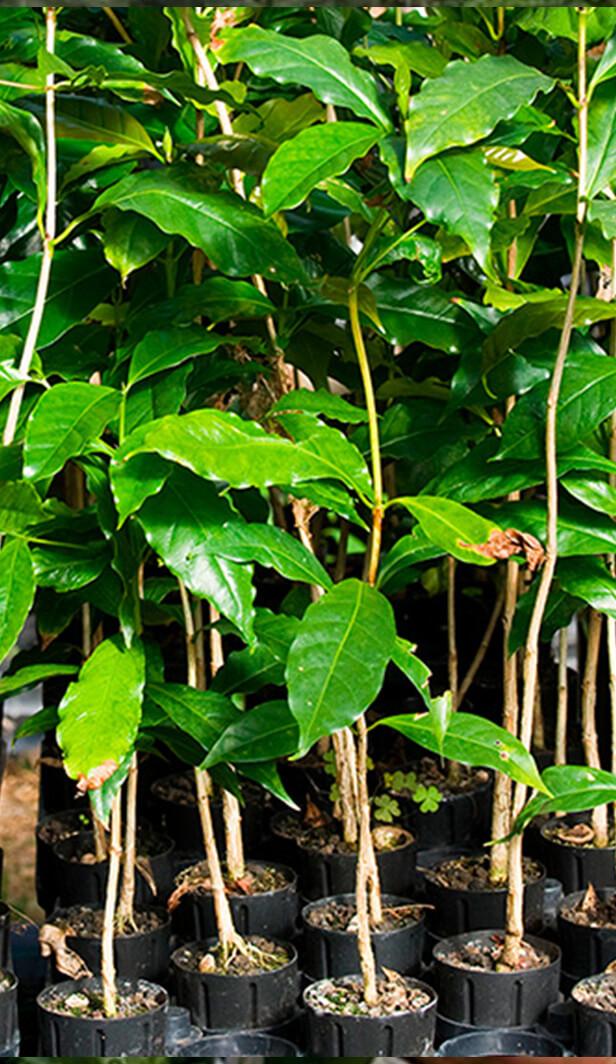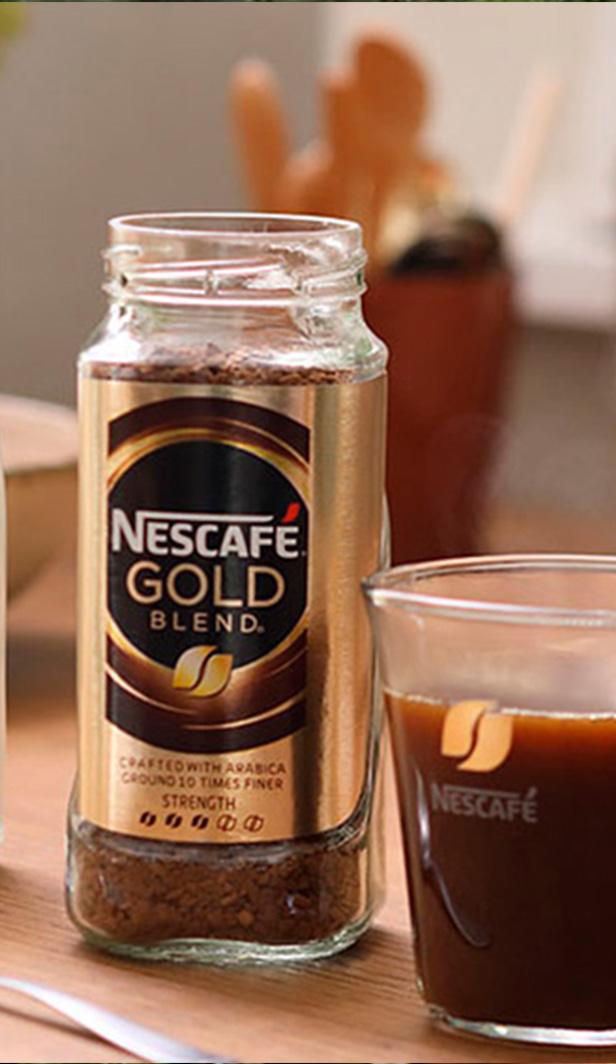SOMETHING IN THE WATER

LIKE YOU, WE’RE POWERED BY COFFEE

In 2021, by using spent coffee grounds to generate real energy NESCAFÉ® kept 245,000 tons of Co2e from fossil fuels from entering our atmosphere.

GOOD THINGS COME IN GOOD PACKAGES
NESCAFÉ® wants to keep coffee fresh, and our customers informed, while making a positive impact on the planet. NESCAFÉ® aims to provide more sustainable jars, cartons, capsules, and sachets that create less waste, following Nestlé's ambition of 100% recyclable or reusable packaging. In 2025, 95% should already be achieved. By refilling your glass jar with NESCAFÉ®’s light-weight soft packs, you can help reduce your waste with a packaging that uses XX% less packaging weight per gram of coffee, compared to our NESCAFÉ® Gold Blend 200g jar. NESCAFÉ® also introduced the Next Generation of coffee cups, made of 95% paper and using 50% less plastic in their coating. There’s even better news: these cups feature a unique new dispersion coating that is designed to dissolve easily, so they can be processed in paper recycling machines along with normal paper waste (depending on local regulations, of course). NESCAFÉ® is committed to using more recyclable paper for its in-store print ads. And NESCAFÉ® jar caps now includes 20% recycled plastic on a mass balance approach*. All those initiatives will help Nestlé to reach the ambition of 1/3 reduction of virgin plastic by 2025. When you’re as big as NESCAFÉ®, every positive change helps to make difference.
*(link to the ISCC page to be included)
For the light-weight soft pack, each market will need to calcule how much it help reduce packaging weight according which local SKU. Ex, this figure is 97% in Europe

Today’s community favourites




